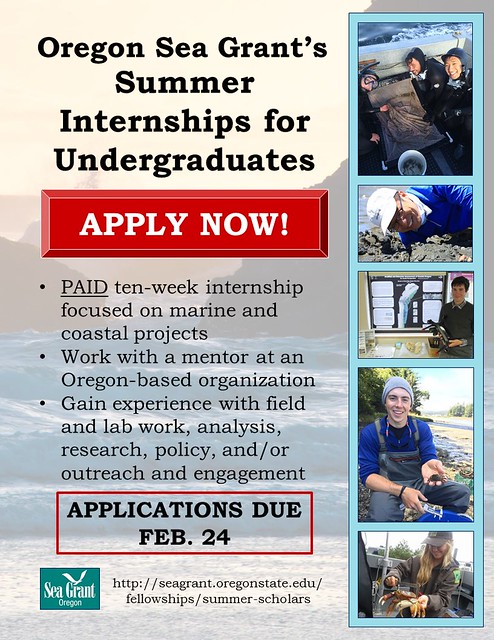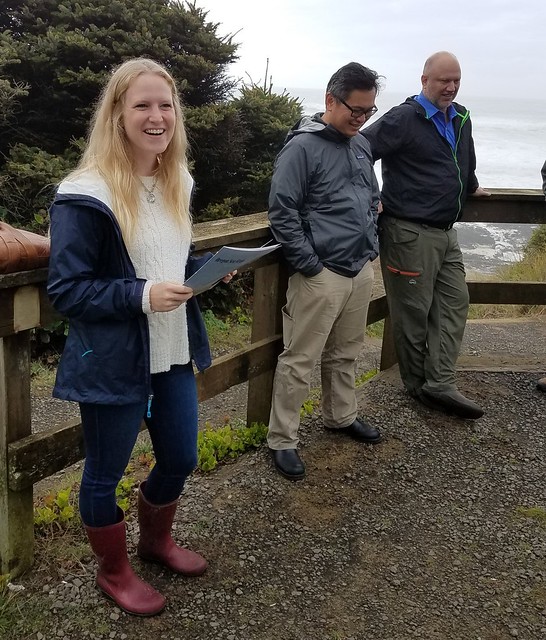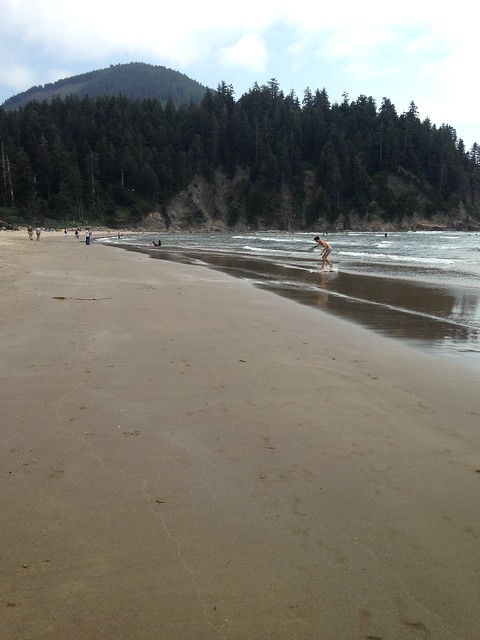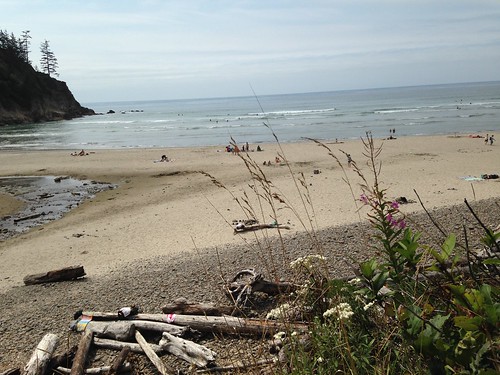As I transitioned from academia to a government agency, I noticed some similarities between the two. In both places I have worked with an incredible lab/team that are always willing to help figure out why some R code isn’t working or review a paper. Also, in both places I have been constantly learning new things and testing my skills. On the other hand, I have noticed many differences between my experience as a graduate student at the University of Florida and as a fellow with the Marine Reserves Program at the Oregon Department of Fish and Wildlife (ODFW).
One major difference between the two places is how I speak about my research. As a student I was allowed to be an advocate. I could speak about wanting to expand protected areas and conserve all species to my heart’s content. It was practically expected of me to have these strong opinions about conservation and discuss them openly. Working for a state agency, the expectation is exactly the opposite. I now must be impartial in my word choice both in person and in writing. Though I work for the Marine Reserves Program, I am not an advocate for marine reserves. I am simply studying how the marine reserves may have impacted communities and presenting these results in a straightforward manner. If I take a strong position on marine reserves, the public may lose trust in my ability to conduct unbiased research. If the public loses this trust, they are less likely to support the agency and follow agency regulations. This trust is crucial, but also fragile.
Another difference between academia and government is the type of research being conducted. In academia, the focus is more on what is interesting and would advance the field. In government, the focus is on achieving the mandate. Therefore, our research options are limited and must be strictly applied research rather than theoretical. We also must be transparent about our research and where funds are going since we are a largely tax-funded agency. This is another important component of building that trust.
Government agencies typically work on projects with larger scale timeframes than what graduate students are involved in. While long-term monitoring projects are typically considered boring and unpublishable in academia, these types of data are the bread and butter of ODFW reports. We are constantly monitoring fish stocks, commercial fishing pressure, license sales, oceanographic conditions, etc. Most of these data are written up in annual reports and used to inform management. While long-term monitoring is generally not considered “sexy” research, it is extremely useful to have these historical datasets to understand how things have changed over time. I am using many of these historical datasets in my current work looking at how marine reserves may have impacted factors like recreational anglers’ Catch Per Unit Effort (CPUE), commercial fishing employment, and coastal communities’ socioeconomic conditions.
Lastly, one of the best changes I experienced when going from academia to government was an increased focus on having a work-life balance. In graduate school I was applauded for staying in the lab late and working on weekends. In my current position, I am expected to only be working 40-hour weeks and taking weekends off. We spend time in our weekly meetings discussing general life announcements that aren’t marine reserves related in the slightest. We even share good places to hike, mountain bike, snowshoe, camp, etc. because we know we will all have time to do these fun hobbies.
These are some of the major differences I observed in my life going from academia to government. These are solely based on my personal experience and are likely not applicable to everyone that made this transition.












